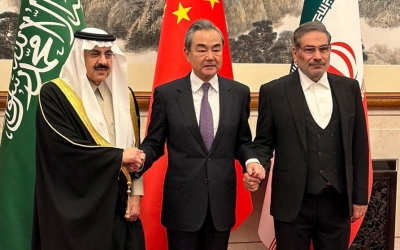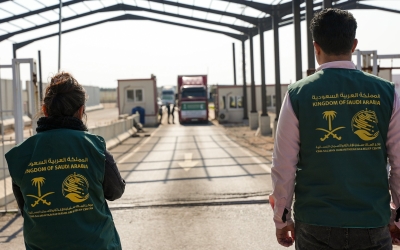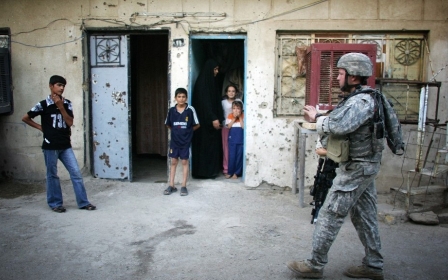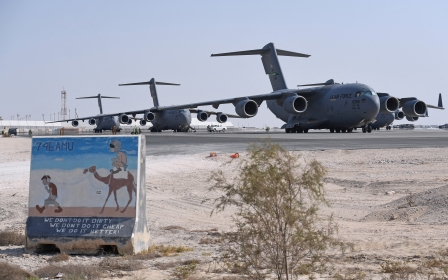US will send old tank-busting planes to Middle East, advanced jets to Asia, Europe: Report
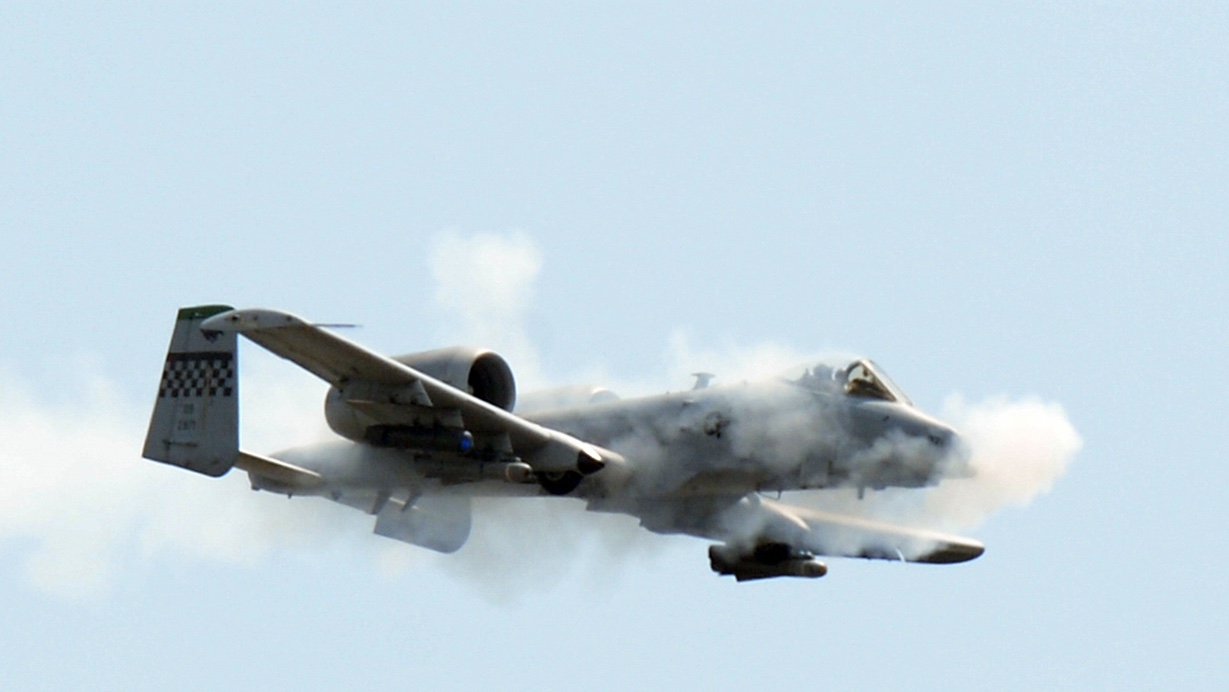
The US plans to deploy ageing A-10 attack planes to the Middle East in order to send more advanced combat aircraft to Asia, as part of a pivot away from the region to focus on the great power rivalries with China and Russia.
The move, reported by the Wall Street Journal on Thursday, comes as the Pentagon looks to scale back its Middle East footprint.
Earlier this month, US Air Force officials proposed a 2024 budget of $7bn for operations in the Middle East and southwest Asia, about $1.6bn less than last year.
The proposal comes even as the Air Force increases its overall spending. The total budget requested by the Air Force and Space Force on 13 March was $259.3bn, which is $9.3bn higher than last year’s enacted budget.
“We are united in our commitment to modernizing the Air and Space Forces and in achieving the transformation we must have to be competitive with our pacing challenge - China, China, China,” US Air Force Secretary Frank Kendall said in a statement.
The US Air Force maintains key military hubs at Al Udeid Air Base, Qatar; Al Dhafra Air Base, UAE; and Ali Al Salem Air Base, Kuwait. More than 17,000 US troops are stationed across the three locations.
But the US has been slowly unwinding its military presence in the region.
The Biden administration pulled American troops out of Afghanistan in August 2021. The US combat mission in Iraq officially ended in December 2021, with US troops transitioning to an advise and assist role.
Washington continues to work with Iraqi and Syrian allies for Operation Inherent Resolve, which is focused on preventing a return of the Islamic State militant group. The US maintains around 900 troops in Syria, working with the Kurdish-led SDF, and 2,500 in Iraq.
'An uncomfortable situation'
US assets in the region frequently come under attack by Iranian proxies. Meanwhile, US officials have noted an uptick in air manoeuvres by Russia amid tensions over the war in Ukraine.
Russian jets have flown over a US military outpost in Syria every day in March, in what a top US official called on Wednesday "a substantial increase” in overflights.
“It’s an uncomfortable situation,” Lieutenant General Alexus Grynkewich, combined forces air component commander for US Central Command, told NBC News.
“They’re regularly flying directly overhead of our units, and I’ve defined directly overhead, as within about a mile, no more than a mile offset one side or the other, while we’ve got forces right there on the ground at ATG,” he said in reference to Al-Tanf Garrison, which sits at a strategic crosspoint along Syria’s border with Iraq and Jordan.
The US Central Command aims to keep two-and-a-half fighter jet squadrons in the region, according to the Wall Street Journal, and aims to use the A-9 to back-fill more sophisticated aircraft. Squadrons in the region number about 12 planes.
Under the new plan, a squadron of A-10s will be deployed in the Middle East, in addition to two squadrons of F-15Es and F-16s fighter jets. The A-10s are set to be deployed in April, according to the WSJ.
“Most likely, it would be a combination of a number of different factors that would allow us to marginally reduce our costs in that area,” Jones said.
The A-10 is a 40-year-old tank-busting aircraft, specifically designed to support ground forces. While that may make it suitable for engaging with lightly armed militants or nimble Iranian naval vessels, it is not as sophisticated and nimble as the F-16.
The US will maintain two Patriot antimissile battalions in the region.
Some civilian defence officials floated cuts to those numbers but faced pushback from Army General Erik Kurilla, head of US Central Command, the WSJ reported, citing officials familiar with a classified memo sent to General Mark Milley, chairman of the Joint Chiefs of Staff.
US Defence Secretary Lloyd Austin, who recently travelled to the region, decided on the current deployments.
As the US looks to cut back in the region to focus on China, there are signs that Beijing is stepping in. In March, Beijing brokered a reconciliation deal between Iran and Saudi Arabia, catching the US by surprise.
Middle East Eye delivers independent and unrivalled coverage and analysis of the Middle East, North Africa and beyond. To learn more about republishing this content and the associated fees, please fill out this form. More about MEE can be found here.


